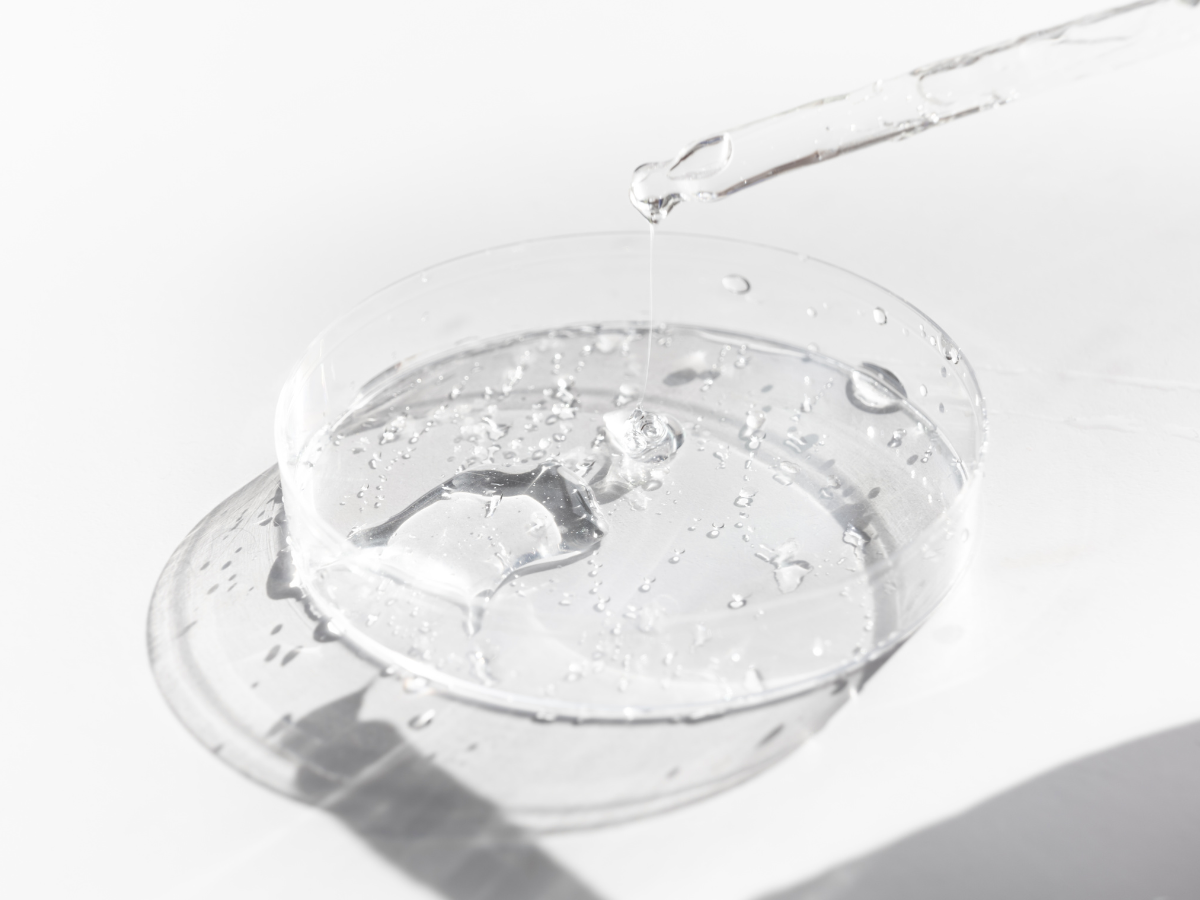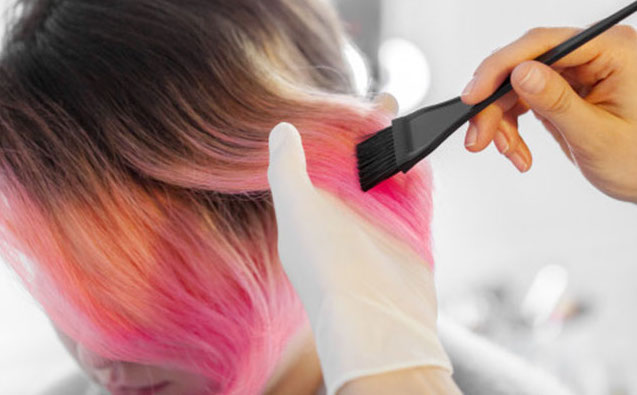BHT is now considered a restricted substance in the UK.
Understanding BHT: the synthetic antioxidant
Butylated Hydroxytoluene, commonly known as BHT (CAS No. 128-37-0), is known as a synthetic antioxidant, widely used in cosmetic products. It has the capability of enhancing the stability and prevent oxidation, a process that can lead to loss of functional properties and, in some cases, yellowing of the product.
New UK regulations on BHT
On April 1, 2024, the UK published The Cosmetic Products (Restriction of Chemical Substances) Regulations 2024, which adds BHT to the list of restricted substances under UK Cosmetics Regulation.
Following the scientific opinion of the UK’s Scientific Advisory Group on Chemical Safety of Non-Food and Non-Medicinal Consumer Products (SAG-CS), the new regulation established the following maximum concentrations for BHT:
- Toothpaste: 0.1%
- Mouthwash: 0.001%
- Leave-on oral care products: 0.001%
- Other leave-on and rinse-off products: 0.8%
Key differences between UK and EU regulations for BHT
The EU and UK are not entirely aligned regarding restrictions on BHT. In the UK, BHT can be used in leave-on oral care products up to a maximum concentration of 0.001%. On the other hand, the EU allows a higher limit of 0.8% for the same category.
How cosmetic brands can prepare for new BHT regulations
The Cosmetic Products (Restriction of Chemical Substances) Regulations 2024 provides a transition period for the cosmetics industry to adjust to the new requirements:
- From February 24, 2025: Cosmetic products have to comply with the updated restrictions to be placed on the UK market.
- Cosmetic products already on the UK market can remain on shelves and be sold until June 24, 2025.
References
The Cosmetic Products (Restriction of Chemical Substances) Regulations 2024
If you want help with this process send us an email to info@criticalcatalyst.com or fill the form below.














